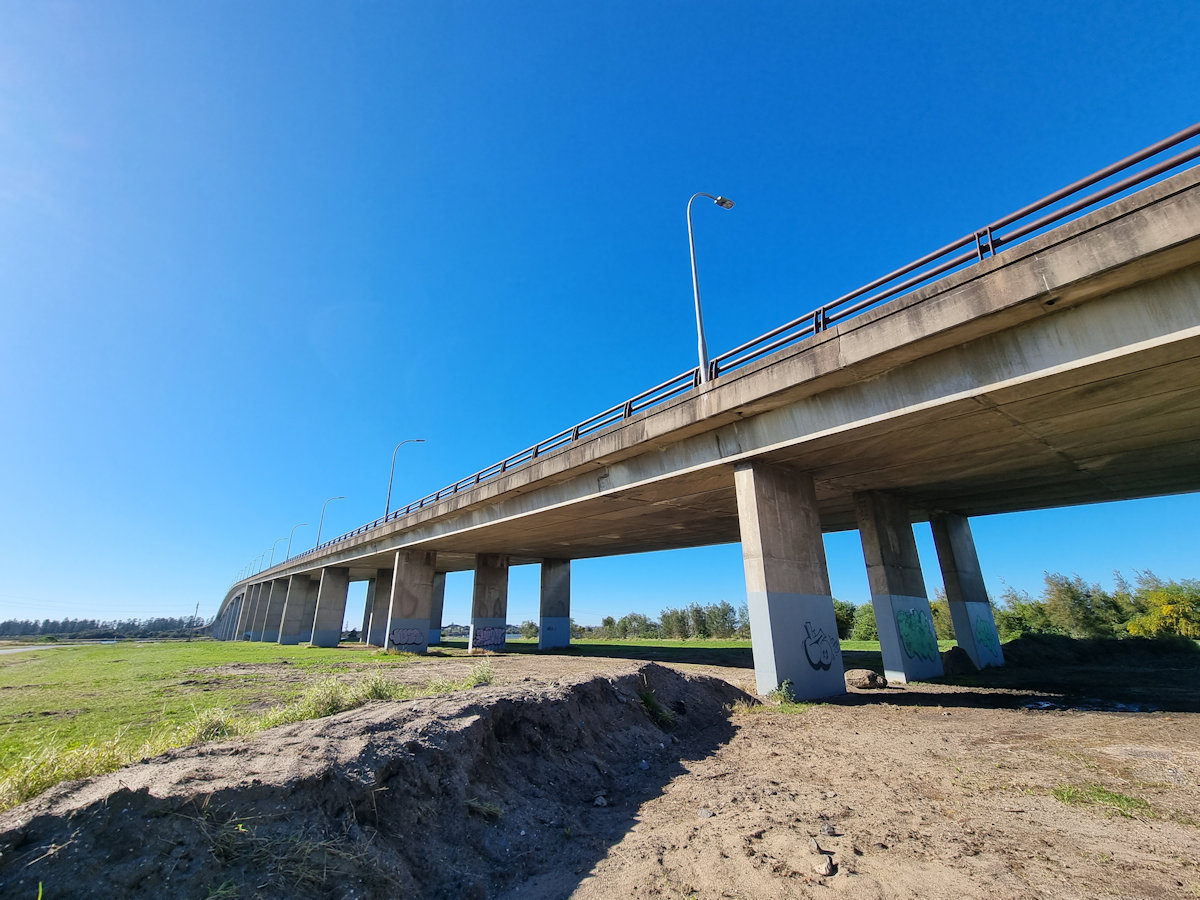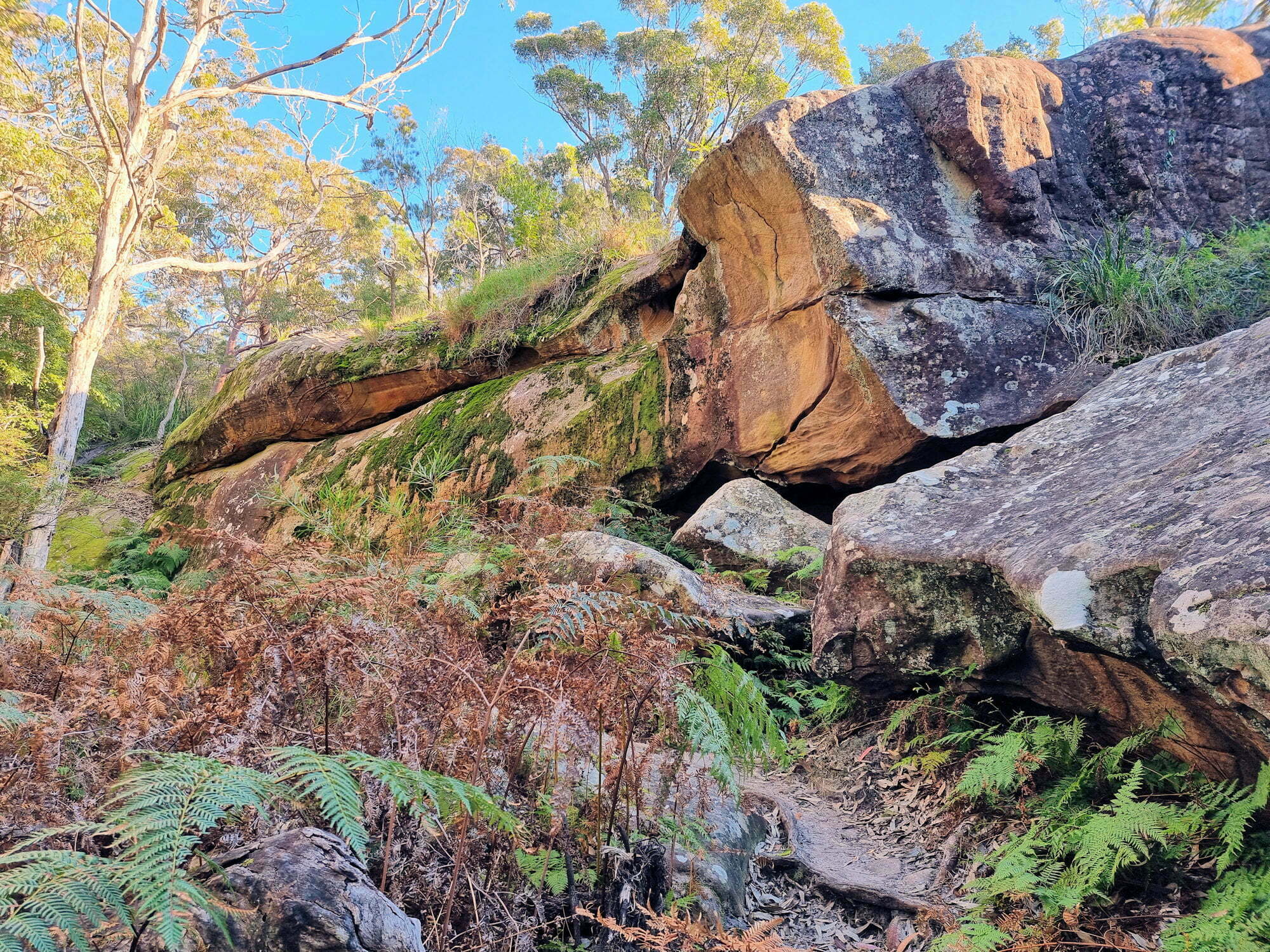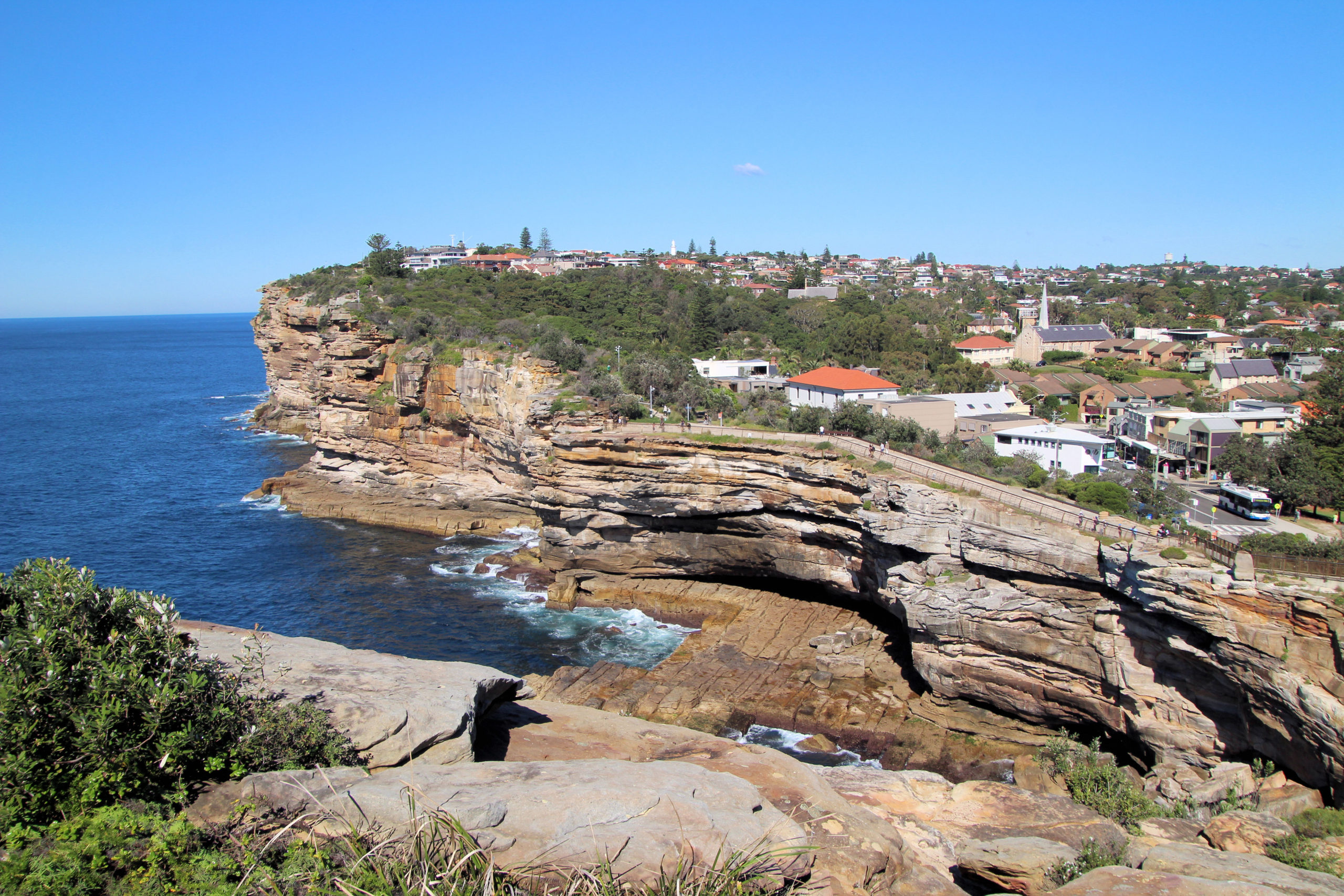Tag: walk
-
Stockton Bridge Newcastle Australia

Stockton Bridge Newcastle Australia Spanning the North Channel of the Hunter River, the Stockton Bridge connects the Tomaree and Tillegerry Peninsulas with Newcastle, Australia. Replacing an earlier vehicle ferry from Stockton to Newcastle (the passenger ferry still runs), it has significantly improved vehicle flow. When opened in 1971, it was the longest bridge (at 1,024m)… Read more
-
Kanning Walk Kincumber Australia

Kanning Walk Kincumber Australia Located near Kincumber on the New South Wales Central Coast, Kanning Walk is a 1.2 km track as well as a cave and beautiful scenic Australian bush to enjoy. We parked near the “mud brick building“, which is also marked as a kiosk. Unfortunately, it is closed, so any thought of… Read more
